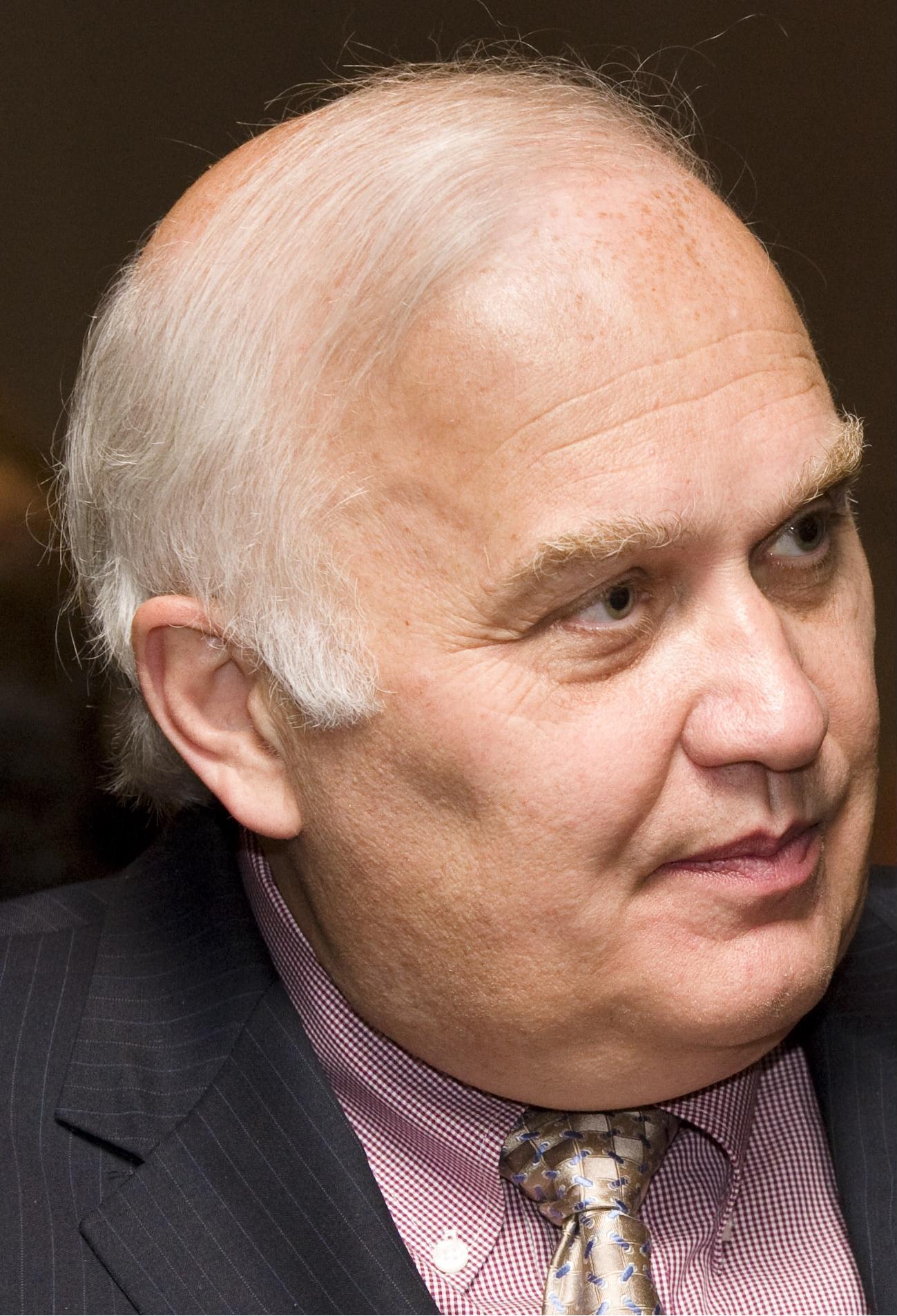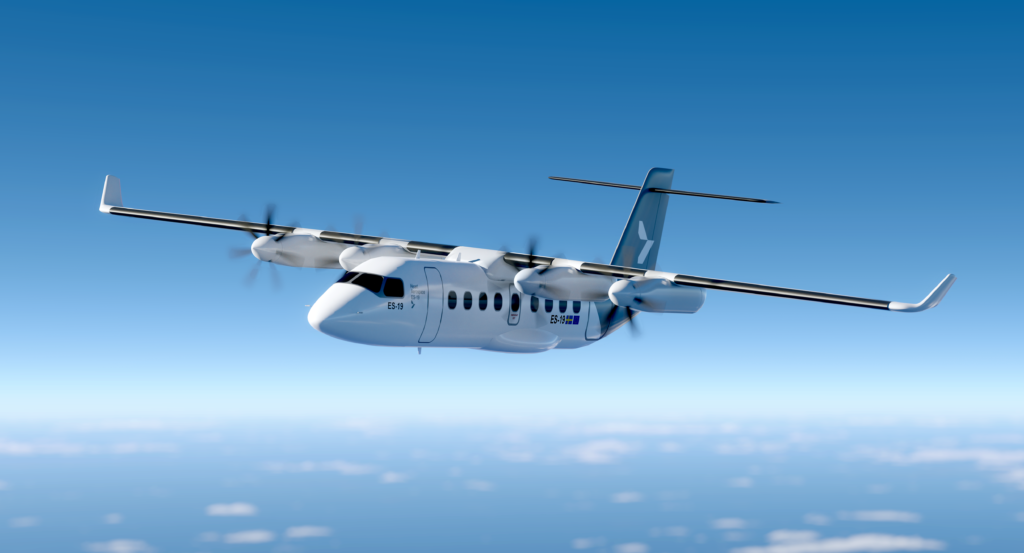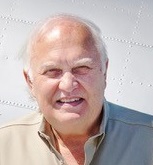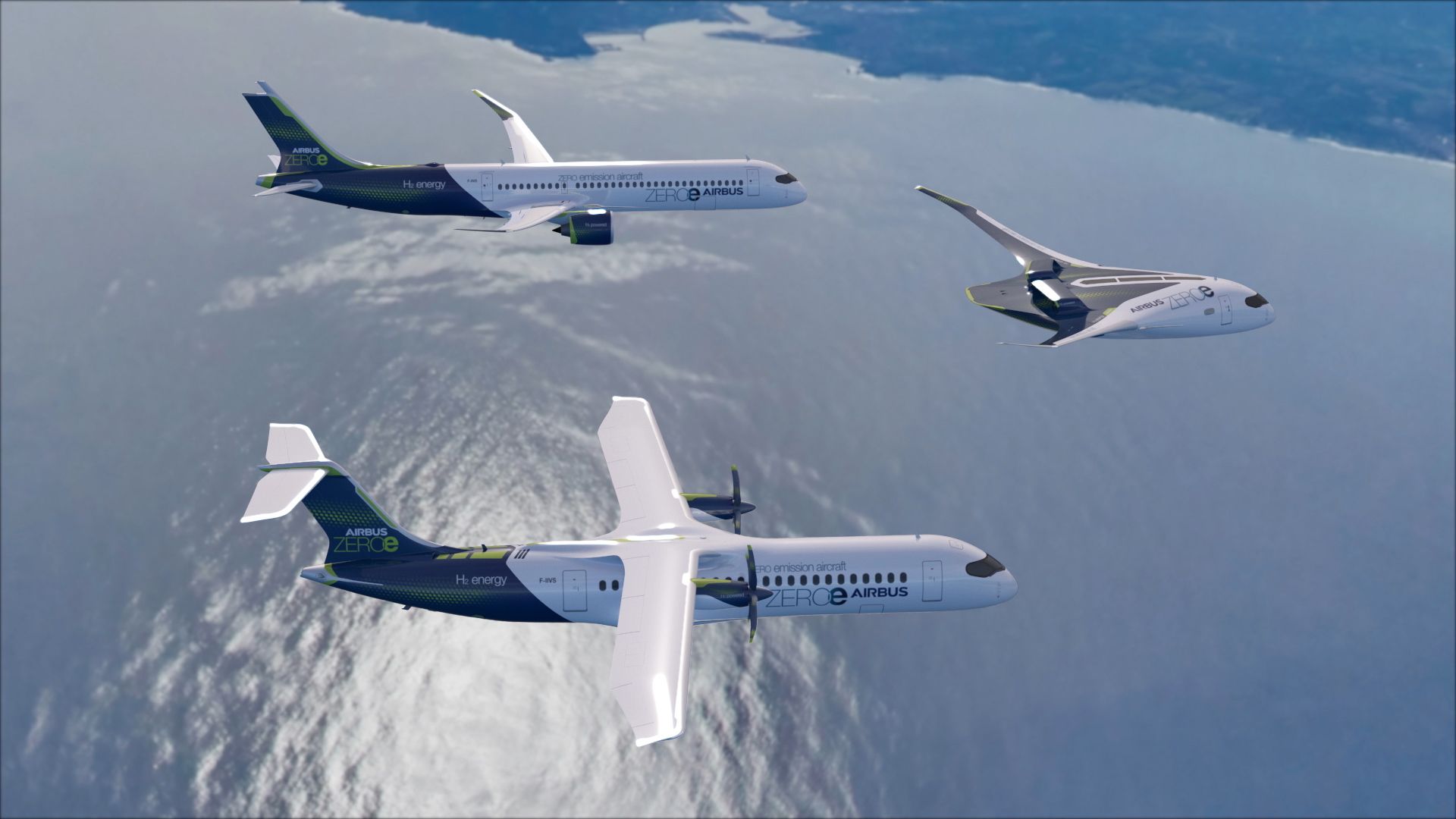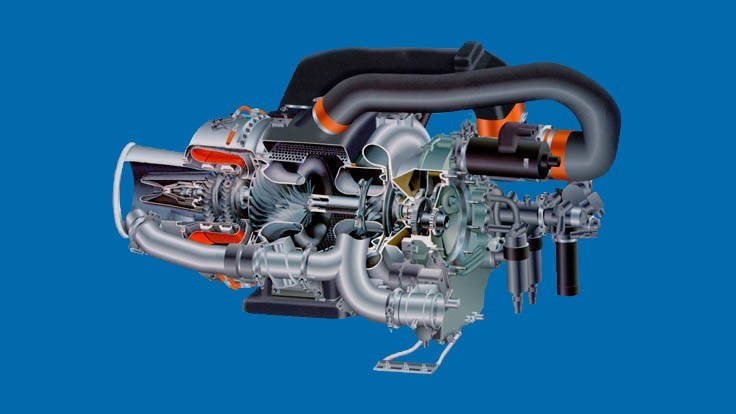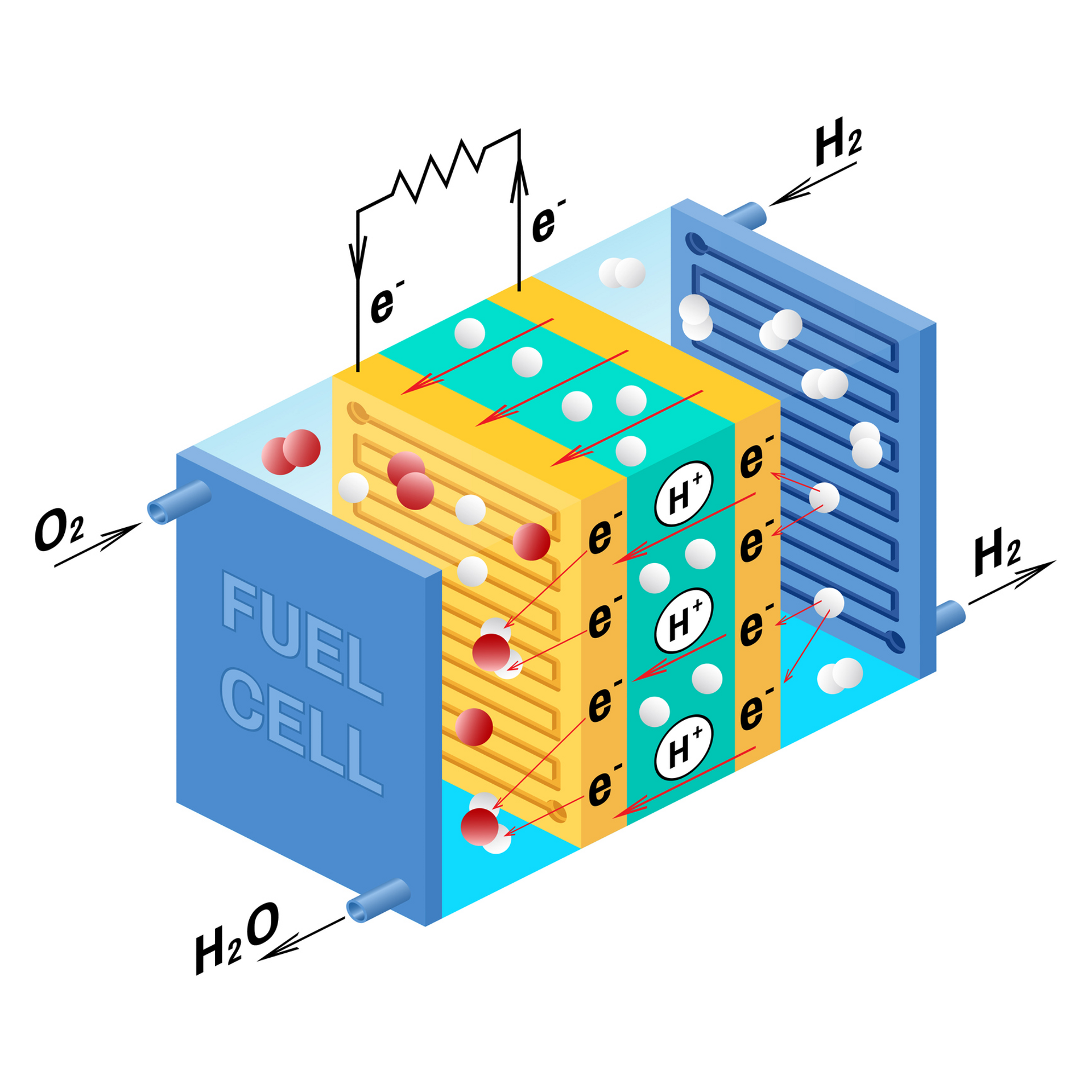Leeham News and Analysis
There's more to real news than a news release.
Bjorn’s Corner: Sustainable Air Transport. Part 2. The problem to solve?
January 14, 2021, ©. Leeham News: Before we dig into the different alternatives we have for more Sustainable Air Transport, let’s look at the problem and its sources.
Figure 1 shows the emissions of CO2 per person since 1900 and the rise of the world temperature. The increase in world temperature changes the weather, with increased weather-related emergencies in recent years.
Bjorn’s Corner: Sustainable Air Transport. Part 1. A deeper look.
January 7, 2022, ©. Leeham News: We finished a 34 article series before Christmas about the enormous work involved to get a new aircraft certified for passenger transport.
It was a background article series to the one we start now, a deeper series on what’s involved in designing air transport vehicles that are less polluting for our environment. We have seen a landslide of such projects in the last years, and from an experienced aircraft designer’s desk, most of these are doomed for failure.
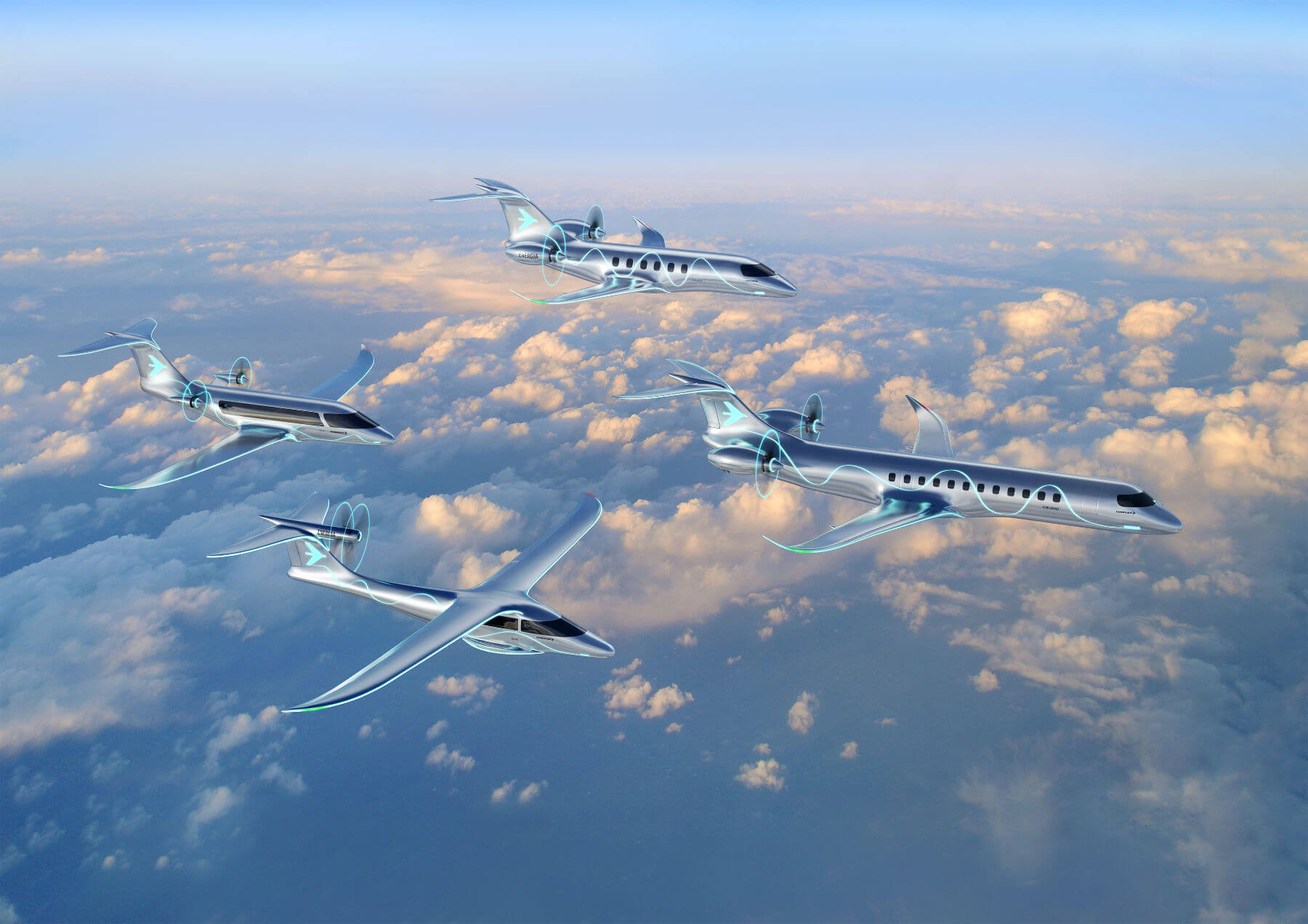 Figure 1. The Embraer Energia concept aircraft. A credible Sustainable Air Transport research program. Source: Embraer.
Figure 1. The Embraer Energia concept aircraft. A credible Sustainable Air Transport research program. Source: Embraer.
Pontifications: Bringing some reality on electric airplanes
Nov. 15, 2021, © Leeham News: The momentum and press about electric airplanes is spinning out of control.
Earlier this month, there was an article from one of the most respected news organizations by a reporter who apparently isn’t an aviation reporter that read like a press release from a start-up company. The normal beat reporter would never have been taken in by the hype.
The start-up claims there will be a battery-powered BAe 146 by 2027 with a 460-mile range. Aviation reporter Jason Rabinowitz had a field day on Twitter with the claim.
LNA’s Bjorn Fehrm wrote a long series about the technical challenges of battery-powered electric airplanes. Let’s now look at the market implications. Read more
Bjorn’s Corner: The challenges of airliner development. Part 12. The Prelaunch Phase.
July 16, 2021, ©. Leeham News: Last week, we showed the first cut of an overall Program Plan for our 19 seat airliner project.
Now we discuss the Prelaunch Phase activities in more detail, including what type of knowledge, tools and resources we need to get on board for the project.
The true cost of Electric Aircraft. Part 2.
Subscription Required
By Bjorn Fehrm
Introduction
July 8, 2021, © Leeham News: Last week, we looked at the cost of running an electric 19 seat airliner based on energy stored in batteries. We found the energy costs were lower than for the equivalent turboprop aircraft, but when we add the maintenance costs for the batteries, the operating costs were higher than today’s 19 seat commuter.
This was under the assumption that the battery aircraft had the same energy consumption as today’s aircraft. We now run this check. The result is eye-opening.
Summary
- Battery based aircraft weigh significantly more than jet fuel based ones. It increases their energy consumption.
- Last week’s findings were conditioned on the same energy consumption. This week’s analysis proofs this is not a valid assumption.
Bjorn’s Corner: The challenges of hydrogen. Part 33. Wrap-up: The Eco-system
April 16, 2021, ©. Leeham News: Last week, we wrapped up the operational part of sustainable air transport using hydrogen as an energy source.
Now we look at where we are with the all-important Eco-system. It has many moving parts and risks a chicken and egg stalemate.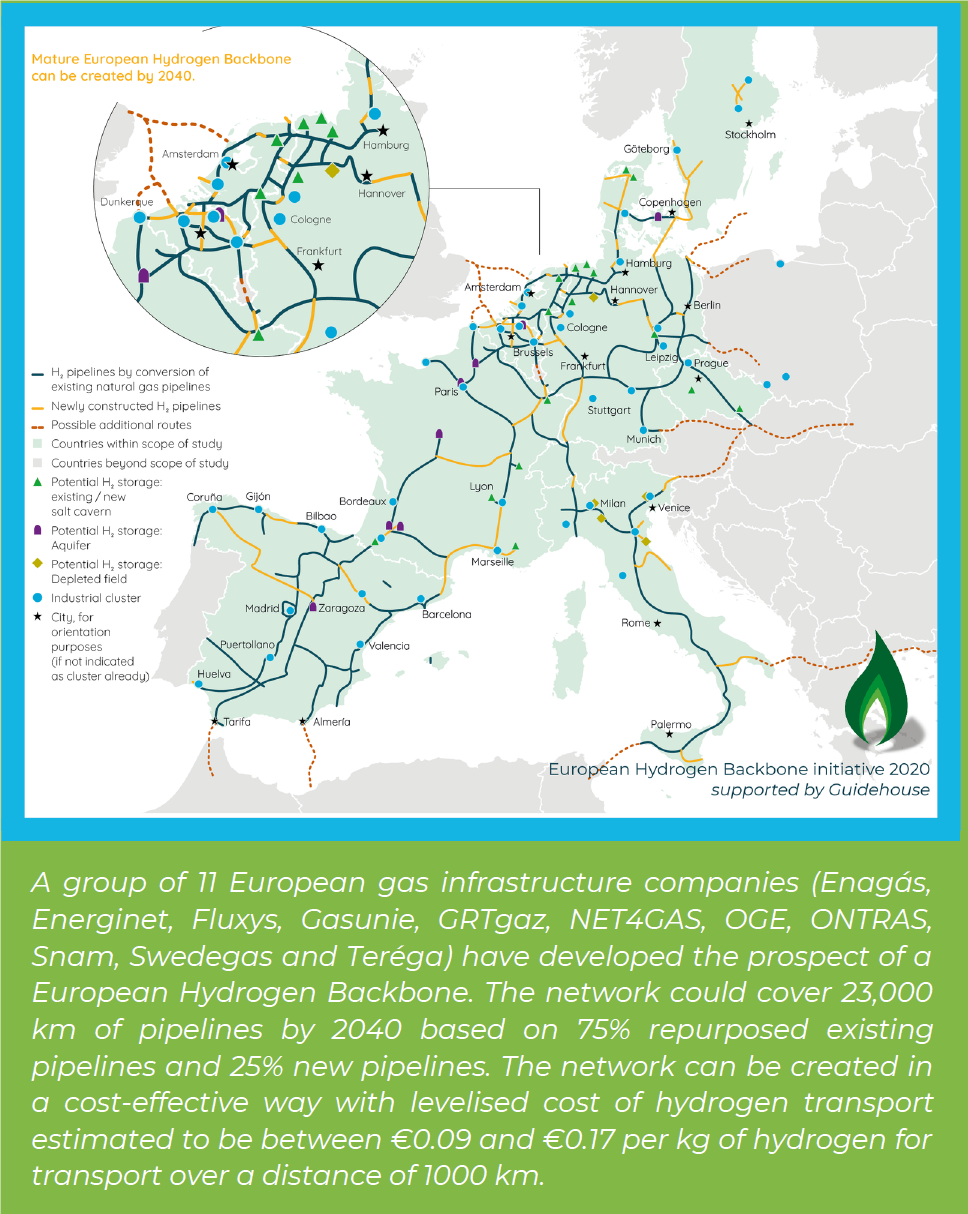 Figure 1. The prospective conversion of the European gas pipeline network to hydrogen. Source: EU.
Figure 1. The prospective conversion of the European gas pipeline network to hydrogen. Source: EU.
Pontifications: Recovery plans from the pandemic at ATR, De Havilland
March 29, 2021, © Leeham News: Aviation stakeholders’ attention understandably focuses on Airbus and Boeing as the industry works its way through the COVID-19 pandemic. Embraer gets less attention than the Big Two.
But two other OEMs must be considered as well: ATR and De Havilland Canada.
Outside of China and Russia, whose home-grown industries sell only to these markets, ATR and DHC are the only manufacturers of turboprops in the 50-90 seat sectors.
LNA revealed on Jan. 12 that DHC would suspend Dash 8-400 production after the small backlog rolled off the assembly line. The privately held company delivered 11 airplanes last year due to the pandemic.
About 900 aging regional turboprop aircraft need to be replaced in the coming years.
Bjorn’s Corner: The challenges of hydrogen. Part 28. Airbus priorities
March 12, 2021, ©. Leeham News: I had the chance to talk about Sustainable Air Transport with Airbus VP Zero Emission Aircraft, Glenn Llewellyn, in the week.
The discussion centered around Airbus’ overall direction and the targets with their ZEROe project.
Bjorn’s Corner: The challenges of hydrogen. Part 25. Auxiliary power
February 19, 2021, ©. Leeham News: Last week we discussed hydrogen aircraft propulsion and found a shaft power producing gas turbine was considerably more weight-efficient than a fuel cell powering an electric motor. Both had the same 55% shaft power efficiency.
Will a gas turbine APU burning H2 be the best choice for auxiliary power as well?
Bjorn’s Corner: The challenges of hydrogen. Part 22. Hydrogen fuel cells
January 29, 2021, ©. Leeham News: Over the last weeks, we looked at Center of Gravity (CG) problems with rear fuselage liquid hydrogen tanks as used in Airbus’ ZEROe turbofan airliner concept. We can conclude that the CG shift is manageable for a short-range aircraft (range below 2,000nm).
Now we spend the next Corners diving into hydrogen fuel cell technology and how it can benefit a hydrogen-fueled airliner.




